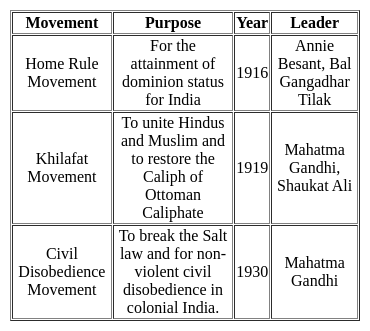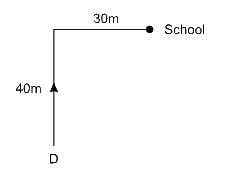HTET TGT Science Mock Test - 8 - HTET MCQ
30 Questions MCQ Test - HTET TGT Science Mock Test - 8
Directions: Answer the following question by selecting the most appropriate option.
Gender discrimination in a classroom
Gender discrimination in a classroom
The purpose of Continuous and Comprehensive Evaluation is
Learning disability, which is related to reading and language comprehension is called
निम्नलिखित प्रश्न में, चार विकल्प दिए गए हैं जिनमें से एक शब्द दिए गए अनेकार्थी शब्द का एक अर्थ नहीं है। उस शब्द का चयन करें।
घन
Your uncle wouldn’t even part with a dime to help the kids pay for their trip. That’s just one more example of his penurious ways. In contrast, many people who have much less money have donated a great deal to the cause. What does “penurious” mean?
The average of 80 numbers is 105. The average of the first 21 numbers is 104 and that of the next 57 numbers is 103. What is the average of the last two numbers?
30 liters of water is added to a 120 liters mixture containing 40% of alcohol. What is the percentage concentration of alcohol in the resultant mixture?
Direction: If a Paper (Transparent Sheet) is folded in a manner and a design or pattern is drawn. When unfolded this paper appears as given below in the answer figure. Choose the correct answer figure given below.
A piece of paper is folded and cut as shown below in the question figures. From the given answer figures, indicate how it will appear when opened.
Question Figure

Answer figure

In a given number 7834329513, we interchange the first and the second digits, the third and the fourth digit and so on. Then which digit will be sixth from the right?
Direction: Read the given instructions carefully and answer the questions given beside.
In which direction is D’s home from the school?
I. D moved a distance of 40m towards north. From there he turns to the right and walked for 30m and reached school.
II. D is facing south. He turns right and walk for 100m. After that he turned to the left walk for 50m and reach home.
Evaporation occurs at the surface of a liquid because the particles at the surface:
What is the main purpose of the excretory system in human beings?
A zygote which has an X-chromosome inherited from the father will develop into a
What type of mixture is obtained on continuous stirring when we add one spoon of sugar to water?
Tidal energy is harnessed by constructing a dam across
Mendeleev examined the relationship between_________and______for classification of elements.
In a convex lens, where is the image formed, when an object is placed at 2F ?
Which of the following is not considered as primary nutrient for plants?
The motion of the particles of a medium when a sound wave is passing through it is:























